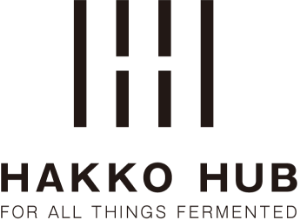Nukegake – Layer Steaming of Rice
Last October, American food professionals visited fermented food producers to deepen their knowledge of Japanese fermentation culture during the “Hakko Tourism in Japan” tour campaign. As part of the tour, organizers held a tasting session where guests gave candid advice from the perspective of the American market to food product manufacturers looking to enter the United States market.
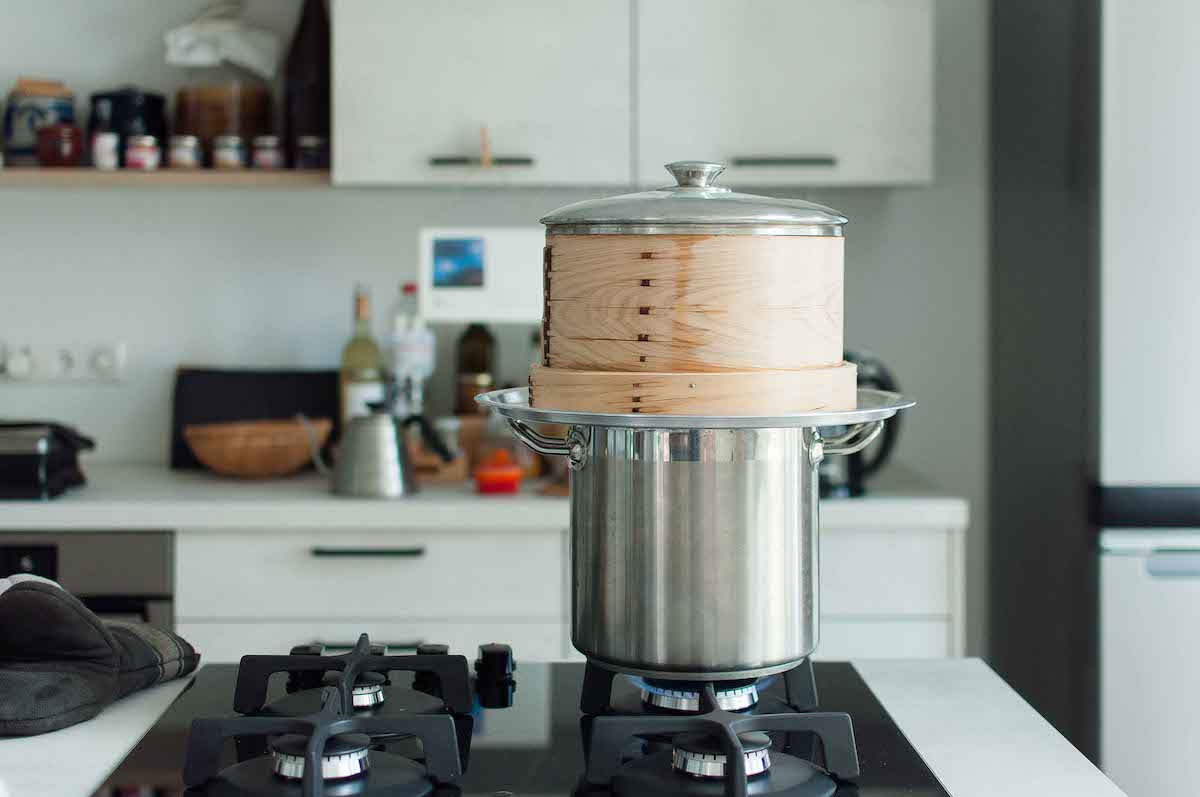
The water, the air and the wind are different. For a while I was busy unpacking my baggage, but as I had lectures in between, I had to take out my tools and make koji in a hurry. Koji to be made in a new place for the first time.
Although the tools should have been familiar to me, I was still nervous. I wondered if the koji fungus would like its new home.
One of the biggest changes was that the heat source for boiling the water used to steam the rice was switched to a gas fire. It used to be induction, so the difference is noticeable. The fire is definitely faster.
The difference in speed is remarkable just in cooking, but it also reduces the time difference in building up layers when steaming rice in a style of ‘nukegake’.
‘Nukegake’, a method where the soaked rice is not put into the steamer all at once, but in several separate layers.
First, the water is boiled and the first layer is placed in the steamer. It is neither too thin nor too thick. You will be able to determine this thickness yourself after a few times. For about 2 kg, I think it’s about 4-5 layers. (But it depends on the size of your steamer)
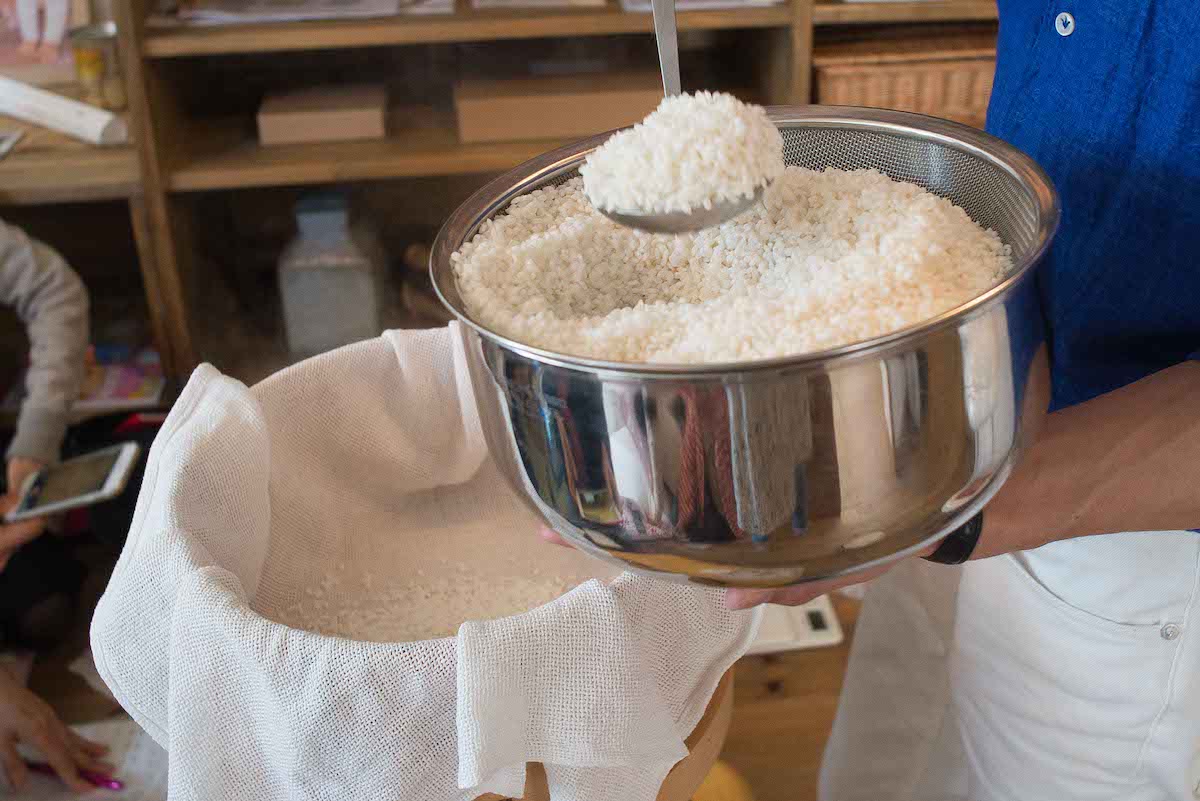
Scoop up the first layer of rice, and place them onto the bottom of the steamer
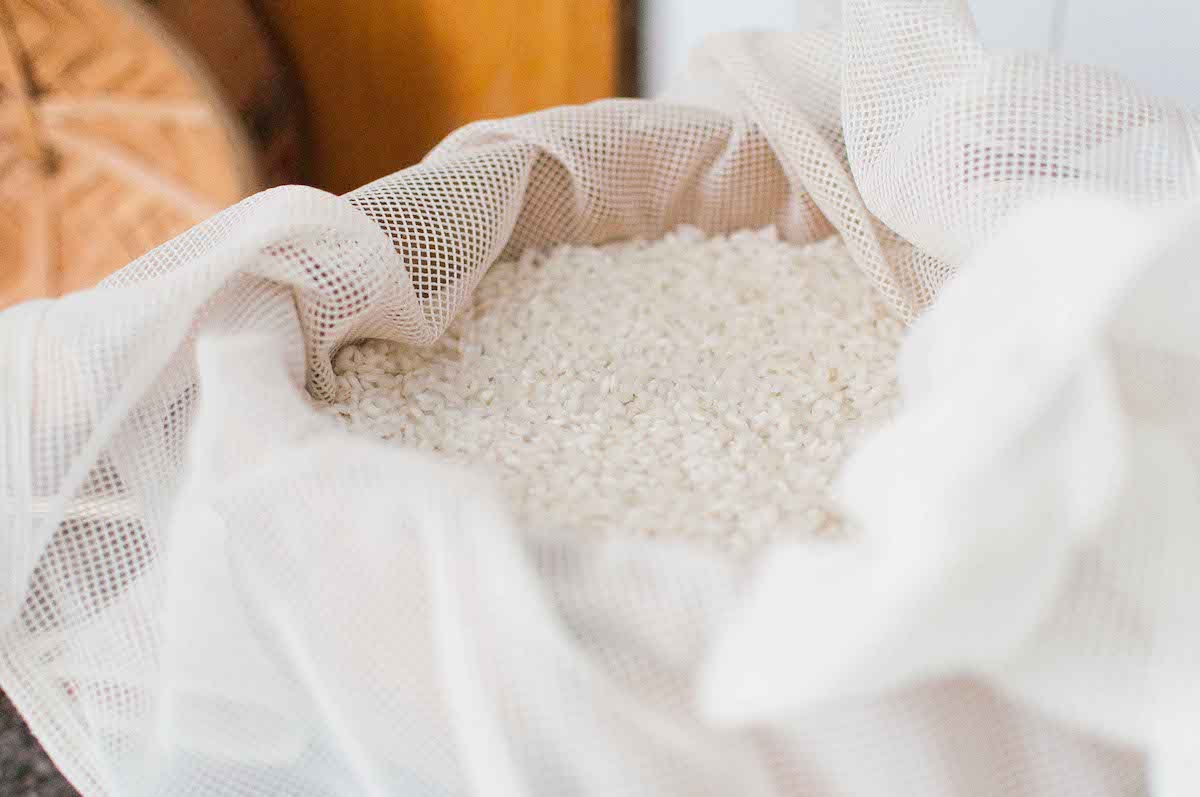
You can see the surface of rice turning transparent

Because hundreds of kilos of rice are steamed in a brewery, the difference in the length of steaming time between top and bottom steaming is much greater than for home use. So the time difference for home use is not a big concern. If you are concerned about it, you can stir the rice in the middle of the process.
Back to the point, the gas fire meant that the steam passes through the rice faster, so the time difference between the bottom and top layers was shorter than before. So we got lucky with this.
Incidentally, the purpose of this nukegake is to blow off the water on the surface of each grain of rice little by little with steam, so that the steamed rice grains can be easily broken up when all the rice is steamed for seeding, and the seed koji can be applied evenly.
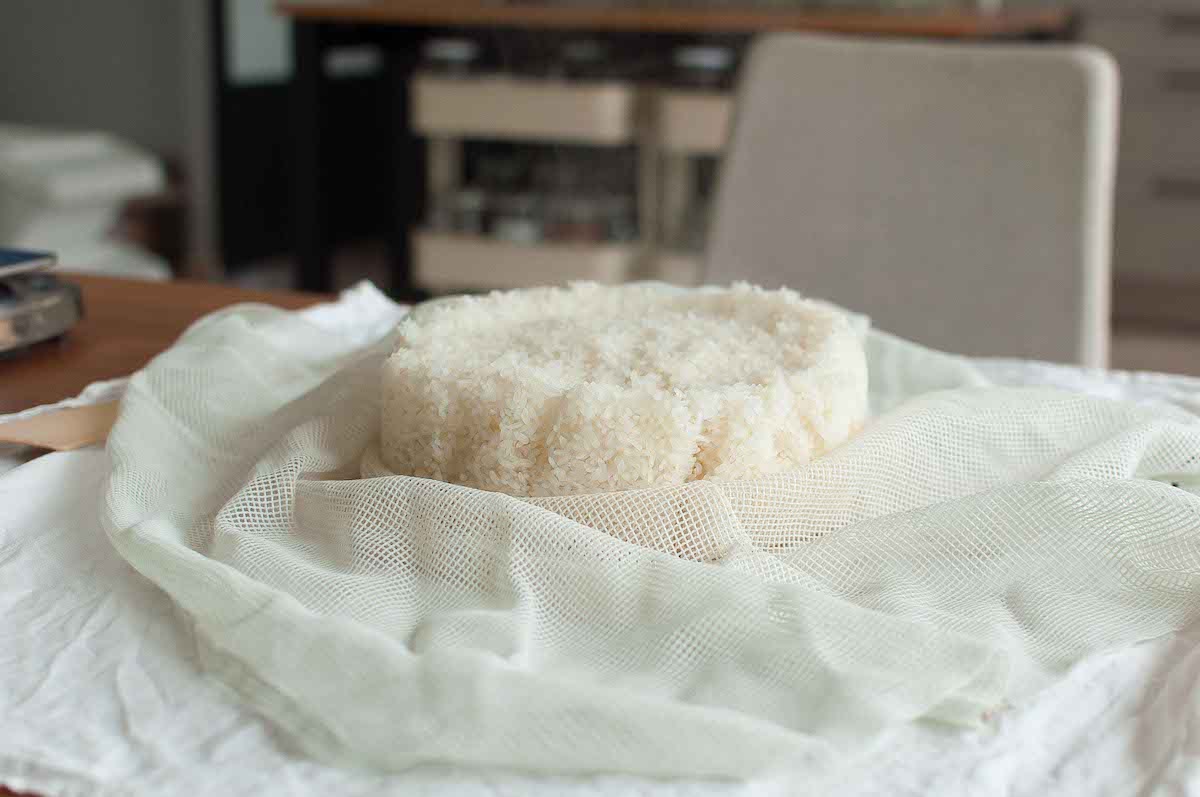
Freshly steamed rice
Of course, there are individual differences between different types of rice, and it may be difficult to see the benefits in small quantities. However, if the grains are easy to break apart, the consistency of koji as a result improves a lot. The ones that did not catch seed koji is called “hazeochi”, which is essentially a dried-up rice with no koji mold grown.
The time spent slowly layering the rice is also a good relaxing time for me to face myself. This winter, I will try steaming rice over a gas fire, even in small quantities. Better tuning for my koji and myself.
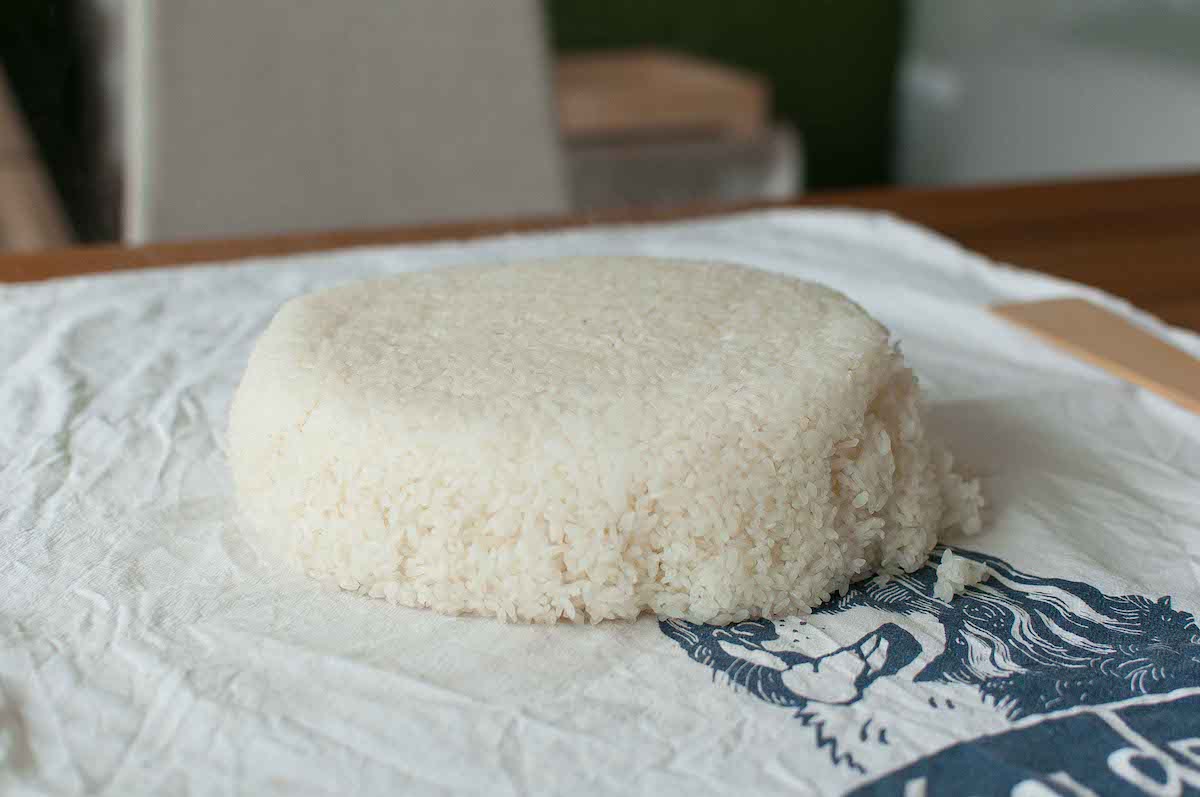
Marika Groen is the head of Malica Ferments, an online platform dedicated to fermented products. As a Kojiologist, traveler, brewer, photographer, and writer, she published the book "Cosy Koji" in 2021, offering insights into the art of Koji making based on her worldwide lectures and experiences.
